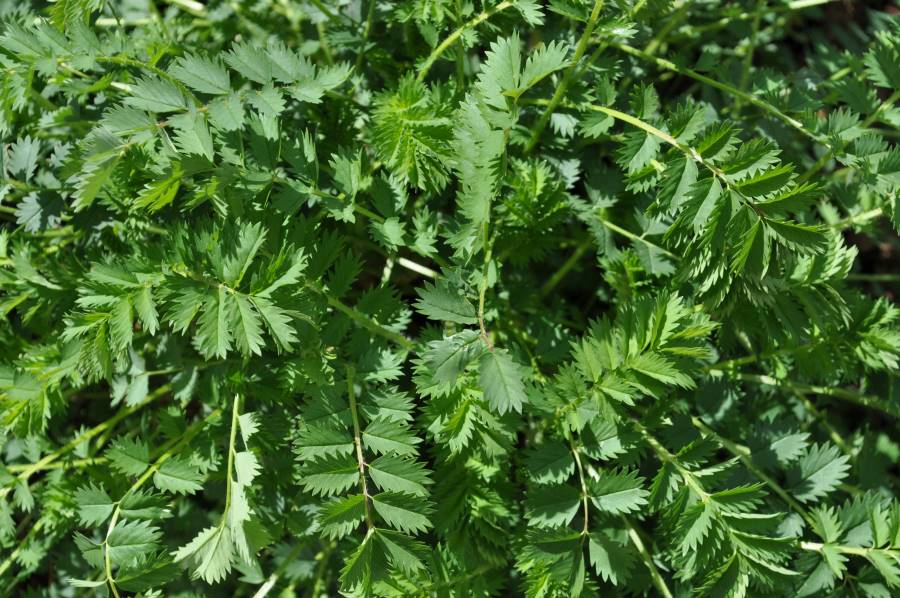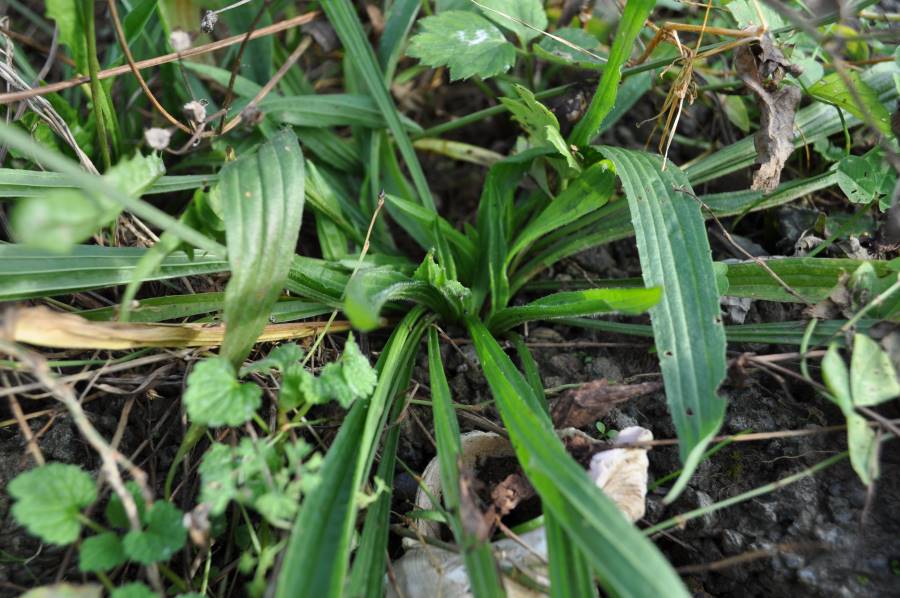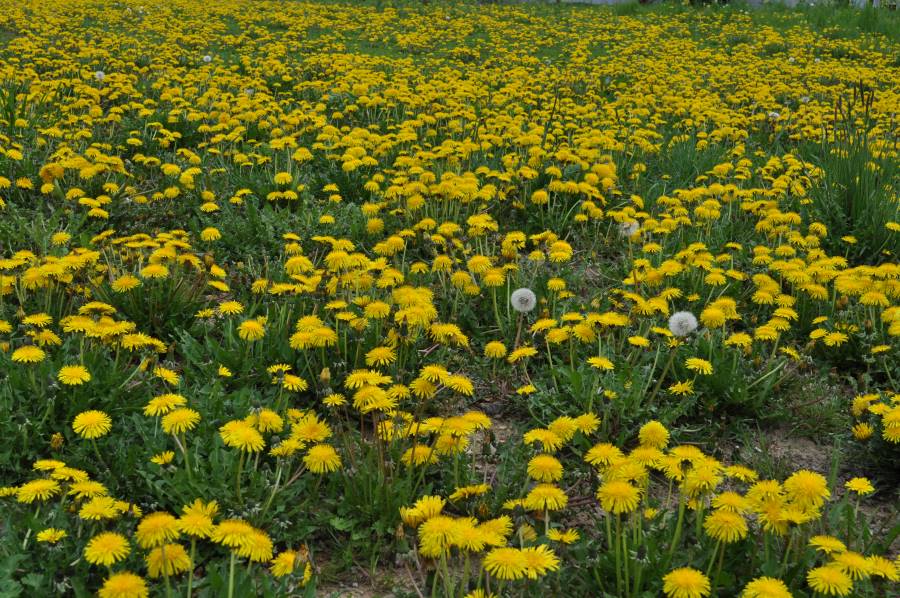Edible plants for a natural diet




The diet of Mediterranean Tortoises impacts greatly on their health and is therefore one of the most important aspects of my tortoise keeping. Many husbandry mistakes can happen and particularly regarding feeding, as can be seen in the example of the so-called “parrot beak”. This is an overgrowth of the horny rim of the upper beak due to it not being used regularly to tear off tough, fibrous plants. This can permanently, and sometimes significantly, impede the ingestion of food. The condition is, amongst other factors, caused by providing food that is too soft or mushy. Unsuitable food or overfeeding by the keeper can also be responsible for accelerated shell growth. Variety is of great importance for the healthy diet of our tortoises. With variety, it becomes unnecessary to add nutritional supplements, such as powder or drops, which can be harmful if added at the wrong dosage.
Adding to the problem is also the fact that tortoises living in human care do not necessarily recognise foods that are unhealthy for them. So they will enjoy eating tomatoes, salads and vegetables even though these are, unfortunately, harmful to them. As responsible keepers, we should therefore learn about the optimal diet for our animals and provide food which suits their species.
For various reasons, it can happen that a tortoise keeper does not have enough feeding plants for his/her tortoises, for example during early spring or when constructing a new enclosure after a house move. It will then be necessary to harvest feeding plants from other sources. Garden centres, nurseries and DIY stores often sell plants that are suitable for tortoises and which are listed on this page. However, these plants are often treated with pesticides, unless they are of certified organic origin. That is why I buy such plants in autumn and transplant them only into the enclosures when the tortoises do not use these anymore during their hibernation preparation time. The toxins should then have been broken down by spring. Your local tortoise charity will probably also offer plants or seeds for sale that are suitable for tortoises and are organically grown.
In my own garden, I also take care not to use chemical fertilisers or other artificial substances with or near foraging plants. I do this not only out of respect for nature (some plants do not tolerate additional fertilisers), but ingesting these chemicals would be harmful to tortoises.
Many tortoise keepers tell me that they collect edible weeds in fields. I would briefly like to warn here against areas where dogs are taken to or fields which have been treated by farmers with fertilisers and other chemicals. Open areas near busy roads, railway tracks and industrial estates are also highly contaminated, i.e. with dust from vehicle brakes, soot particles and other toxic substances. If you need to pick plants for your animals, you should choose weeds from untreated fields. You may need to ask the farmer about this, and also ask permission to forage. And do leave protected plants where they are growing!

I would like to introduce you to a variety of foraging and enclosure plants. So I list some foraging and enclosure plants for Mediterranean Tortoises that I grow in my garden:
- Common dandelion (Taraxacum officinale) is the best known foraging plant for Mediterranean tortoises.
- There are many plantain subspecies (Plantago spp.) in my garden, such as broadleaf plantain,
hoary plantain and ribwort plantain. - My tortoises love eating the leaves and flowers of common mallow (Malva sylvestris). By the way I found common mallow in many natural tortoise habitats.
- Salad burnet (Sanguisorba minor) can be fed almost all the year round. Already growing in winter, it is useful as a food for overwintering or sick animals.
- Tortoises may sometimes climb up the plant to reach the leaves of prickly lettuce or milk thistle (Lactuca serriola). An interesting observation about this plant is that its four stems point towards the four points of the compass.
- In its first year, the mullein (Verbascum spp.) forms a rosette of leaves, which are occasionally eaten by my tortoises and used as cover to hide under. In its second year, a tall plant, up to two metres high, appears which now provides shade. Its small flowers are a popular food.
- The small nettle (Urtica urens), like all members of the stinging nettle family, is usually eradicated from gardens with much determination. This small nettle does, however, make for an excellent tortoise food. Ecologically minded gardeners also know that stinging nettles are used by butterflies for depositing their eggs. These fast-growing plants can quickly overrun the garden though and should preferably be situated a little out of the way. Tortoises particularly like to eat their wilted leaves.
- Garden arabis (Arabis caucasica) is also known as rock cress, Caucasian rock cress or mountain rock cress. Many tortoise keepers design parts of their enclosure as a rock garden, and rock cress will provide a beautiful decoration for this. The plant is suitable for feeding and as a shelter for tortoises as well as for lizards.

